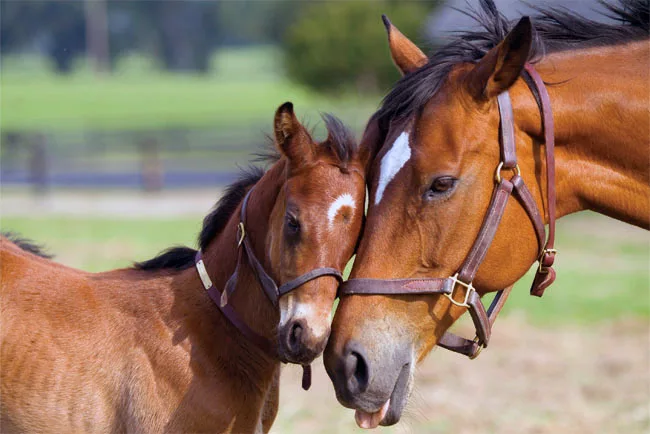American Farriers Journal
American Farriers Journal is the “hands-on” magazine for professional farriers, equine veterinarians and horse care product and service buyers.

The studies have been done, the jury is in and the verdict is unanimous. If your footcare clients want their foals to achieve optimum growth, with the least risk of developmental orthopedic disorders like contracted tendons and physitis, they should “creep feed.”
A creep feed is a concentrated ration designed specifically for foals, with a heaping helping of the minerals, protein and digestible energy needed to build strong, correct bones and muscles. (The name comes from the common practice of offering the ration in a feeder surrounded by a barrier to keep out greedy broodmares while foals “creep” under the barrier to dine uninterrupted.) Creep feeds help fill the gap when mare’s milk no longer provides all the nutrients that a growing foal needs.
That’s not to diminish the role of milk in the foal’s diet. In the early weeks of life, milk is essential because it’s the only food that a baby’s digestive system is equipped to process. But being prey animals, horses become self-sufficient quickly — so as early as 3 weeks of age, a foal’s digestive tract can begin to utilize starches. Within 3 or 4 months, the capability to digest fiber comes on line.
Providing foals with access to creep rations from about a month of age may lessen the strain of lactation for many mares…